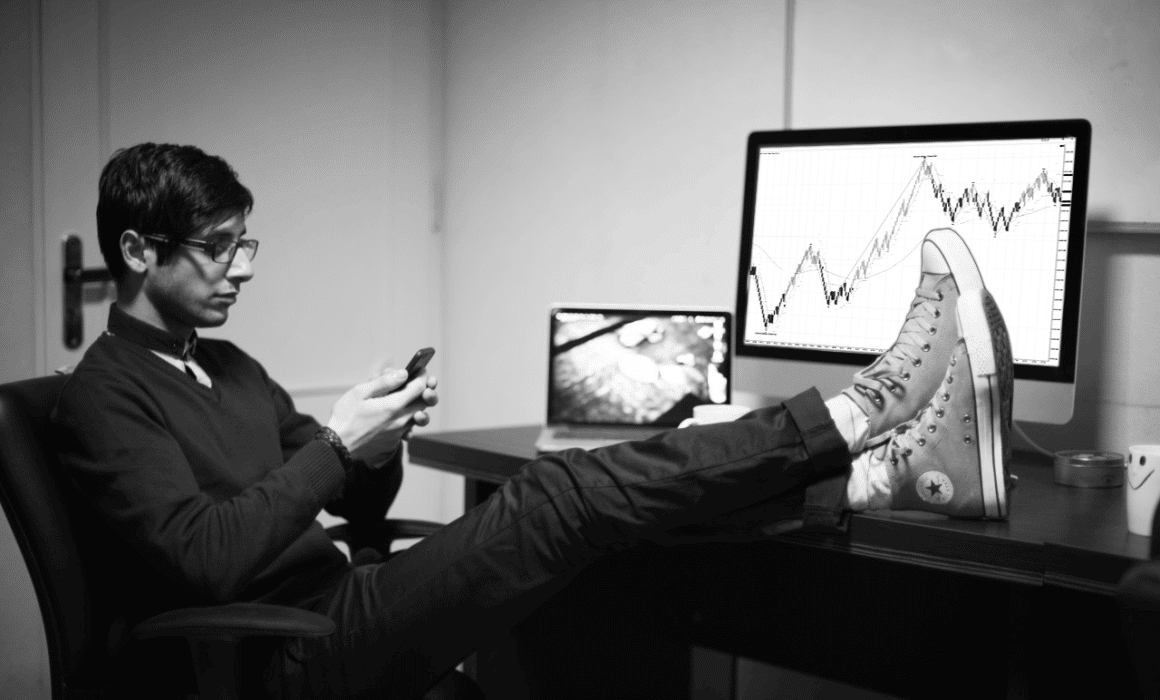Learn about the crucial steps to ensure that your automated system performs within expectations. Thorough testing of an automated trading system before going live is crucial to ensure its reliability, performance, and effectiveness while minimizing potential financial risks. This webinar will cover best practices of system testing to help make your leap into live automated trading as safe as possible.


Recent Comments